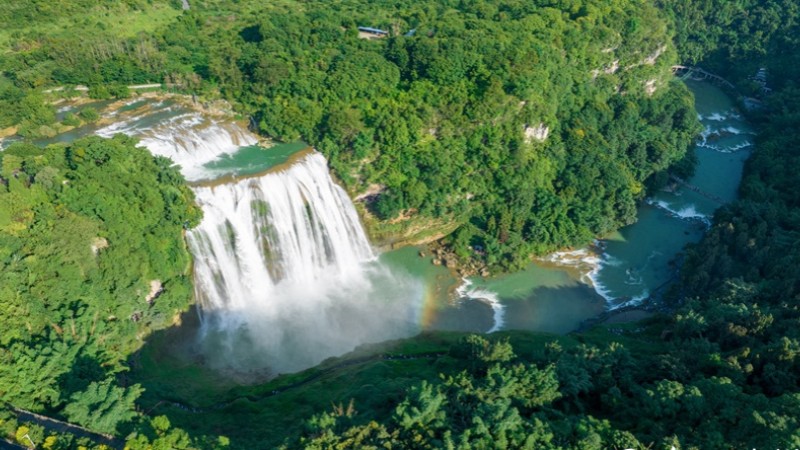Building neutrino telescope 3,500 meters under sea
SHANGHAI, Jan. 10 (Xinhua) -- Chinese scientists are working for an ambitious goal: building a powerful telescope at 3,500 meters underwater to detect neutrinos, which can help uncover long-standing mysteries such as the origin of cosmic rays.
One of the most abundant subatomic particles, neutrinos rarely interact with matter and can escape from dense celestial environments, unlike photons or electrons. So, neutrinos are better carriers to preserve the secrets of stars, black holes, and even the whole universe, but they are hard to detect.
The underwater telescope, dubbed the Tropical Deep-sea Neutrino Telescope (TRIDENT), innovatively observes the cosmos by "looking down" instead of "looking up" at the sky, said Xu Donglian, the telescope's chief scientist from the Tsung-Dao Lee Institute under the Shanghai Jiao Tong University.
He explained that the TRIDENT utilizes the entire Earth as a shield when capturing high-energy neutrinos penetrating from the other side of the globe and achieves detections without a dead angle through Earth rotation.
According to a related paper published in the journal Nature Astronomy last October, the location of the TRIDENT is on an abyssal plain near the equator in China's sea area. About 4 km in diameter, it will cover an area of some 12 square km and has a design life of 20 years.
The telescope under construction will comprise 1,200 cables, which are anchored vertically on the seabed like giant seaweed, each about 700 meters long and 70 to 110 meters apart from each other, Xu said, adding that every cable has an array of about 20 glass balls, each twice the diameter of a football.
"The function of the glass balls is to detect light signals emitted by the reaction of neutrinos with seawater, so as to deduce the nature of neutrinos," Xu said. He explained that the particles travel through the universe like ghosts, and can only be observed indirectly when they pass through transparent mediums like glaciers and water.
A similar foreign neutrino detector is the IceCube Neutrino Observatory deployed near the South Pole. Compared with this glacier facility, the TRIDENT in the deep sea will perform much better as clean water with fewer impurities is better for observation.
However, building such a gigantic telescope in water is extremely difficult. As planned, the TRIDENT will be built in two phases. Starting at the end of 2022, the phase I construction will be completed in 2026. A tiny detector with 10 cables could capture neutrinos in the Earth's atmosphere by then.
The ultimate TRIDENT will be built around 2030 and can monitor seawater, that reacts with high-energy neutrinos, with a volume reaching about 7.5 cubic km. It is expected to become the world's most advanced neutrino telescope, Xu said.
As expected, the TRIDENT will capture steady neutrino sources from NGC 1068, a galaxy in the constellation Cetus, within a year of operation. The telescope is also expected to find the answer to the century-long mystery: where the cosmic rays that have been discovered for more than 100 years come from.
China has deployed multiwavelength telescopes, gravitational wave observatories, and an underground neutrino observatory in Jiangmen, and the new underwater neutrino telescope will massively improve the country's observation network in multi-messenger astronomy, said Jing Yipeng, head of the TRIDENT project.
Photos
Related Stories
- X-ray telescope launched to learn more about black holes
- China's FAST telescope detects scintillation arc in fast radio burst
- China to build a new telescope array in Antarctica
- China's sky survey telescope finds two near-Earth asteroids
- China kicks off construction of new telescopes for future lunar missions
Copyright © 2024 People's Daily Online. All Rights Reserved.









